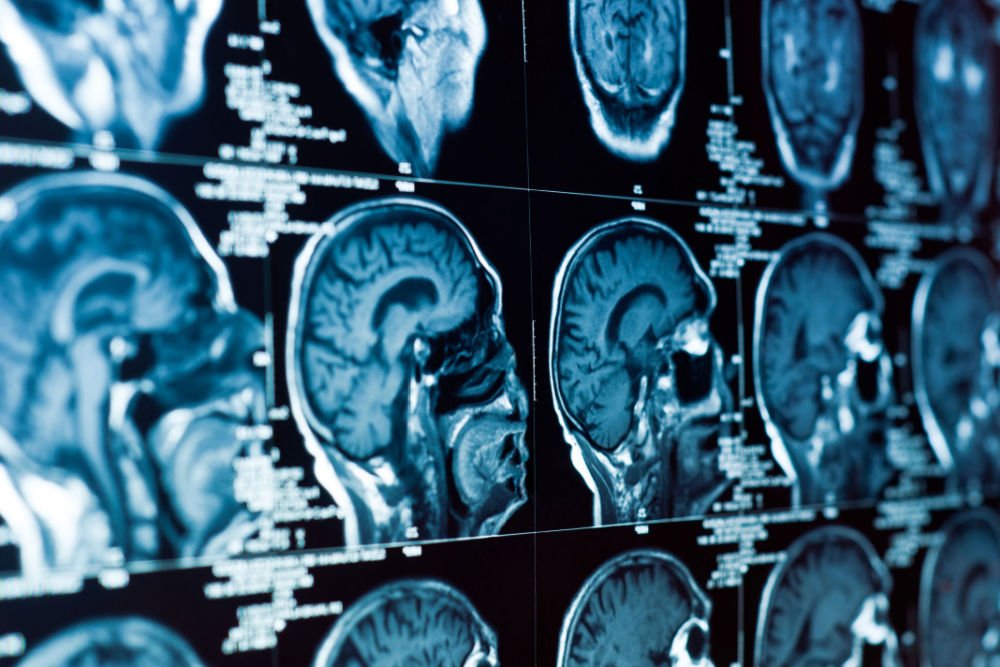Atomic force microscopy (AFM) is a cutting-edge technology renowned for its ability to explore the intricate biomechanical properties of brain cells and tissues at nanoscale resolution and with exceptional force sensitivity.
This review, led by Chwee Teck Lim from the National University of Singapore, underscores AFM’s pivotal role in neurobiological research and its burgeoning clinical applications. In experimental models, AFM has elucidated molecular, cellular, and tissue-level aspects of neurological disorders, revealing insights into ion channel distribution, neuron excitability in genetic disorders, and the resilience of axons to mechanical injury.
The clinical relevance of AFM extends to the early detection and monitoring of neurodegenerative diseases like Alzheimer’s, Parkinson’s, and ALS. By characterizing biomarkers in biofluids such as cerebrospinal fluid and blood, AFM shows promise in enhancing diagnostic accuracy.

Moreover, AFM’s capability to assess the stiffness of CNS tumors provides a nuanced approach for grading and guiding treatment decisions beyond conventional histopathological methods.
Despite its transformative potential, integrating AFM into clinical practice poses challenges such as sample variability and the complexity of data analysis. The review discusses innovative solutions like machine learning and neural networks, which offer avenues to surmount these hurdles, thereby facilitating AFM’s translation from research settings to routine clinical use.
The synergy of AFM with commercial nanotechnology platforms heralds a new era in personalized treatment strategies for neurological disorders. These advancements promise not only to deepen our understanding of disease mechanisms but also to refine therapeutic interventions tailored to individual patient profiles.
As AFM continues to evolve, its role in shaping the future landscape of neurology remains pivotal, offering hope for more effective management, treatment, and diagnosis of neurological conditions on a personalized basis.